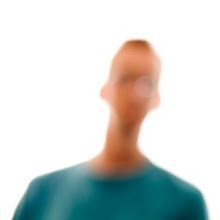The 3rd annual Scott Kelby World Wide Photo Walk took place on Saturday (24th July) in over 1000 cities around the world and it looks like it's been another record breaking year.
I attended the Glasgow event of around 50 photographers and walked around a section of the River Clyde, which included The Science Centre and Imax Cinema, Squinty Bridge, Finnieston Crane, The BBC and The SECC and The Clyde Auditorium (Armadillo).
The weather was cloudy, but dry and although the light was a bit flat at the start, it got better in the second half of the walk and gave us all a bit of variety. Being Glasgow, it was a miracle it didn't rain.
It's amazing when you look at the photos from all the photographers and see how different they look and how we all look at subjects in a different way. I'm sure everybody there made an effort to try to not take the same shots as the person standing next to them.
A big thank you to the walk leader, Alex Saunders, for his time and effort that he put in and to everyone that showed up on the day. You can see more of my photographs on my Flickr Set and the photographs for the full walk can be found on the walks Flickr Group . I didn't get to do much talking during the event, but enjoyed my conversation with Bill Lunney after the walk. Roll on World Wide Photo Walk 2011.



















